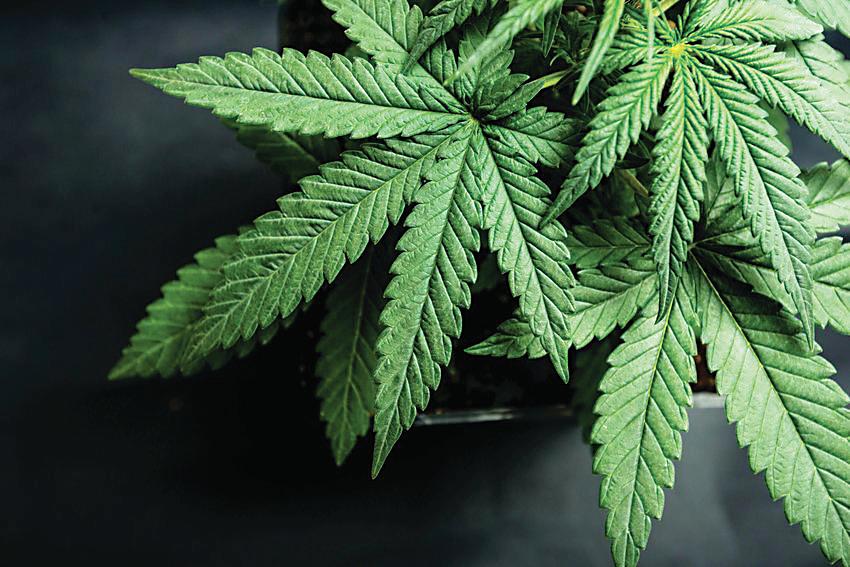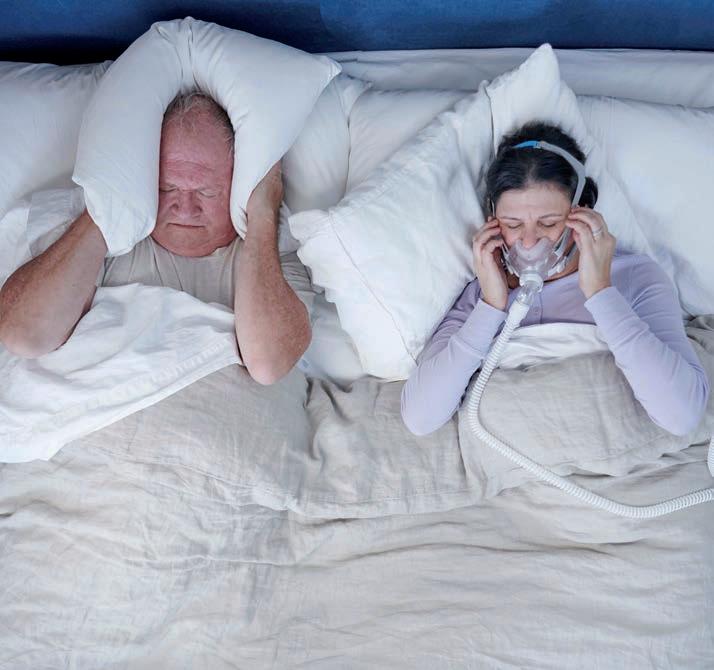
3 minute read
What are the health impacts of high-potency THC?
Researchers have answers
BY JOHN INGOLD THE COLORADO SUN
Colorado public health experts have unveiled a rst-of-its-kind interactive research database containing hundreds of studies on the impacts of high-potency cannabis products — looking at the e ects on everything from mental health to cancer to pregnancy.
at is one of the most signi cant things to come out of a two-year research review by the Colorado School of Public Health.
e review was ordered up by the legislature in 2021 in response to the increasing number of high-concentration THC products dominating the state’s legal cannabis market. With the rise of those products came concerns over how they may be impacting health, especially among young people. (THC is, of course, the most famous psychoactive chemical in cannabis.)
Researchers termed the report a “scoping review” and described the research database as an “evidence map.”
“With funding from the state of Colorado, a valuable, public re- source has been developed for public health and scienti c purposes,” Dr. Jonathan Samet, the school’s dean, said in a statement. “ e scoping review and evidence map are unique; it is the rst and most complete systematic assessment of the entire body of literature related to high-concentration cannabis.”

But what do those studies say? Eh, that’s a little less clear.
“Limited evidence” for most e ects e School of Public Health researchers found limited to no evidence in published studies for most commonly claimed e ects. e review found moderate evidence — meaning slightly more robust but still not conclusive evidence — of only two impacts.
Are adolescents and young adults especially vulnerable to adverse physical and mental health outcomes from using high-potency cannabis? ere’s a limited amount of evidence that they are.
Do high-potency cannabis products help with pain? ere’s a limited amount of evidence that they do.
What about sleep? ere’s a limited amount of evidence that the products can both help and hurt sleep.

“ ere was a moderate amount of evidence that high-concentration THC can have adverse e ects on those with pre-existing conditions such as psychosis,” Greg Tung, an associate professor of health systems, management and policy at the School of Public Health, said in a statement. “But there are also studies that show bene cial outcomes from the use of high-concentration cannabis on other mental health conditions such as PTSD, anxiety, and depression.”
“It’s not an easy scientific question.”
In an interview, Samet said he wasn’t exactly surprised that the review didn’t come up with more conclusive answers.
One of the problems was the studies they had to work with. e research team at the Colorado School of Public Health screened roughly 66,000 studies and found 452 that were relevant to their questions about high-potency THC.
But what the team really wanted to examine was the e ects of the kind of high-THC products sold today in the cannabis marketplace. e studies looking at the e ects of THC spanned some ve decades, meaning the products in those studies varied greatly and were often quite di erent from what is sold today.
Another problem: Studies funded by the National Institutes of Health were constrained to using cannabis from the government’s o cial research pot farm at the University of Mississippi. Cannabis from that facility is notoriously low quality.
“We learned there was a vast number of studies, potentially,” Samet said. “But that in fact there were not that many that directly addressed the policy questions we were interested in.”
It’s also not particularly easy to study e ects when there are so many other elements that can go into the equation besides potency.
For instance, Samet said the method of consumption could have an impact, as could the amount consumed and the tolerance of the consumer.
Samet, who is both a pulmonary physician and an epidemiologist, compared the task of studying potent marijuana to another research topic he knows well, tobacco smoking. Before the proliferation of tobacco vaping, studying smoking was pretty easy. ere were only a handful of di erent consumption methods and a cigarette generally provided a tidy, standardized dose. By contrast, trying to study cannabis today introduces a dizzying number of variables.
“It’s not an easy scienti c question,” Samet said. “It’s not easy to generate the data you would like.”
Getting to the underlying answer
To Samet, getting better answers to questions about the health impacts of high-potency THC will require more uniform studies.
In other words, researchers across the country and the globe need to come up with consistent standards to use and consistent ways of measuring data. Having those standards in place would allow studies to be better compared and synthesized.
But, in the meantime, he says the Colorado School of Public Health review should come with a caution. While it may be tempting to look at the limited evidence on e ects and conclude it means high-potency THC isn’t harmful, Samet said it’s better for consumers to err on the safe side. After all, as the old scientific saying goes, absence of evidence is not absence of harm.
“We’ve certainly highlighted the complexities,” Samet said. “I wish we had found more de nitive evidence.” is story is from e Colorado Sun, a journalist-owned news outlet based in Denver and covering the state. For more, and to support e Colorado Sun, visit coloradosun.com. e Colorado Sun is a partner in the Colorado News Conservancy, owner of Colorado Community Media













